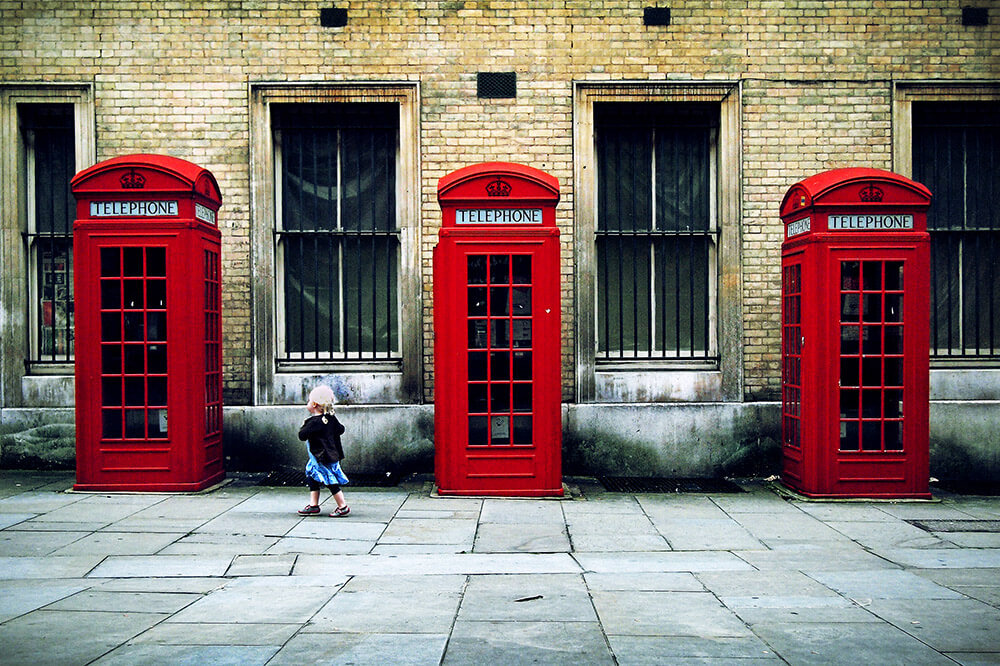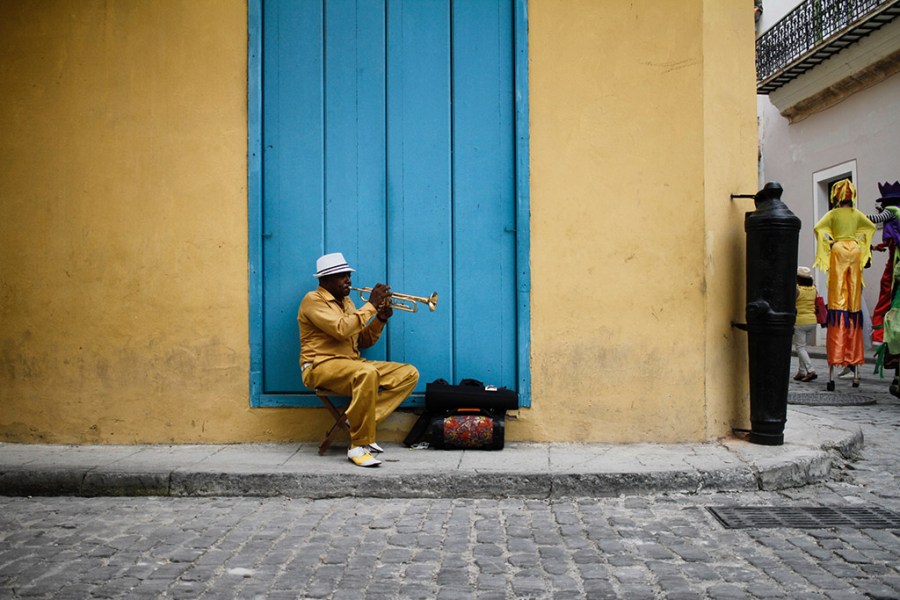The Ultimate Guide To Street Photographers
The Ultimate Guide To Street Photographers
Blog Article
The Facts About Street Photographers Uncovered
Table of ContentsTop Guidelines Of Street PhotographersThe Ultimate Guide To Street PhotographersNot known Details About Street Photographers Street Photographers Things To Know Before You Get ThisSome Known Facts About Street Photographers.
, a genre of photography that documents everyday life in a public area. The actual publicness of the setting allows the professional photographer to take candid photos of unfamiliar people, commonly without their knowledge. Road professional photographers do not necessarily have a social objective in mind, but they favor to isolate and capture minutes which could otherwise go unnoticed.Though he was affected by a lot of those that influenced the street professional photographers of the 1950s and '60s, he was not primarily thinking about recording the spirit of the street. The impulse to aesthetically record people in public began with 19th-century painters such as Edgar Degas, douard Manet, and Henri de Toulouse-Lautrec, who worked side by side with digital photographers trying to capture the essence of city life.
As a result of the relatively primitive modern technology readily available to him and the long exposure time required, he struggled to record the pressure of the Paris streets. He explore a series of photographic techniques, trying to discover one that would certainly enable him to record activity without a blur, and he located some success with the calotype, patented in 1841 by William Henry Fox Talbot. In comparison to Atget, photographer Charles Marville was hired by the city of Paris to develop an encyclopaedic document of Haussmann's city planning project as it unravelled, hence old and brand-new Paris. While the professional photographers' topic was basically the exact same, the outcomes were considerably different, showing the influence of the digital photographer's bent on the personality of the pictures he created.
The Main Principles Of Street Photographers
Given the great quality of his pictures and the breadth of product, designers and musicians usually purchased Atget's prints to make use of as reference for their very own job, though commercial interests were rarely his primary inspiration. Rather, he was driven to picture every last remnant of the Paris he loved.

Unlike his peers, Brassa utilized a larger-format Voigtlnder electronic camera with a much longer exposure time, forcing him to be a lot more computed and thoughtful in his technique than he may have been if making use of a Leica.

Rumored Buzz on Street Photographers
It is as a result of this basic understanding of the art of picture taking that he is usually attributed with uncovering the medium throughout again approximately a century given that its creation. He took photographs for greater than a half century and influenced generations of digital photographers to trust their eye and instinct in the minute.
These are the questions I shall attempt to respond to: And after that I'll leave you with my own definition of street photography. Yes, we do. Let's start with specifying what an interpretation is: According to it is: "The act of specifying, or of making something definite, distinctive, or clear".
No, definitely not. The term is both limiting and misguiding. Seems like a road digital photography must be images of a roads best?! And all street photographers, with the exception navigate here of a handful of absolute novices, will completely appreciate that a street is not the vital part to road digital photography, useful link and really if it's an image of a road with perhaps a few monotonous people not doing anything of passion, that's not road digital photography that's a picture of a street.
Not known Facts About Street Photographers
He makes a legitimate point don't you assume? While I agree with him I'm not certain "honest public photography" will catch on (although I do kind of like the term "honest photography") due to the fact that "road digital photography" has been around for a lengthy time, with numerous masters' names attached to it, so I think the term is here to remain. Street Photographers.
Inside?! I hear you scream as you tremble your clenched fist to the sky. Why not? You can fire at the coastline, at an event, in an alley, in a park, in a piazza, in a cafe, at a gallery or art gallery, in a metro terminal, at an event, on a bridge, under a bridge ...
Yes, I'm afraid we have no selection! Without guidelines we can not have an interpretation, and without a meaning we don't have a category, and without a category we don't have anything to specify what we do, therefore we are stuck in a "regulations definition style" loop! And no-one intends to get stuck in a loophole. - Street Photographers

Report this page